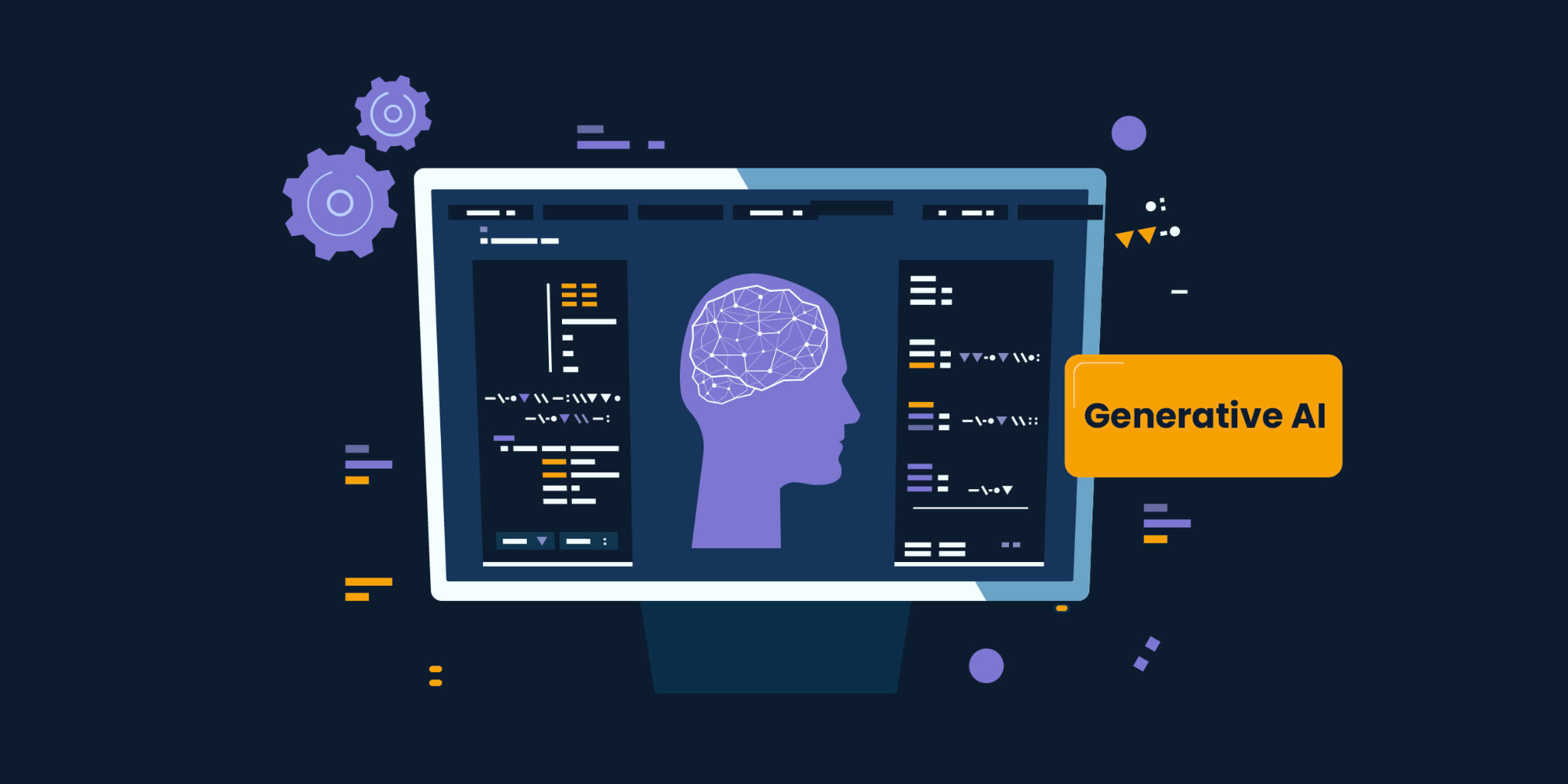web (AI) has revolutionized several industries, and 1 of its prominent applications is in code generation. AI-powered code generators are usually transforming software enhancement by automating repeated tasks, accelerating the development process, and improving code good quality. In this write-up, we explore many real-world examples in which AI code generators are already successfully applied across different fields.
1. TabNine simply by Codex
TabNine is certainly an AI-powered signal completion tool created by Codex (formerly known as GitHub Copilot). It uses a deep studying model trained in a vast corpus of code from GitHub to provide intelligent code ideas and completions. Builders can write code more proficiently by leverage TabNine’s ability in order to understand context in addition to generate accurate program code snippets in timely.
Real-World Impact: A lot of developers have described significant productivity increases with TabNine, lowering the time used on writing boilerplate code and debugging popular errors. It features been particularly beneficial in speeding up the development of complex algorithms and integrating brand new features into current codebases seamlessly.
2. DeepCode
DeepCode is definitely an AI-powered computer code review platform in order to developers identify bugs, security vulnerabilities, and performance issues in their code. It uses machine learning models trained on large numbers of open-source repositories to provide doable insights and suggestions for improving computer code quality.
Real-World Impact: Companies using DeepCode have seen a reduction in the number of bugs shipped to production and enhanced overall software dependability. By integrating AI-driven static code examination into their work, developers can proactively address potential issues before they elevate, thereby saving some resources in the long run.
3. Codota
Codota is an AI-powered code conclusion tool designed particularly for Java and Kotlin developers. It evaluates millions of openly available Java repositories to provide intelligent signal suggestions, improve coding efficiency, and assist developers learn ideal practices.
Real-World Effects: Developers using Codota have reported more quickly coding workflows, improved code readability, in addition to reduced cognitive load. By suggesting pertinent code snippets in addition to APIs based on the subject of the current circumstance, Codota enables builders to write computer code more confidently and efficiently, thereby speeding up product development cycles.
4. Kite
Kite is definitely an AI-powered code assistant that has a build-in with popular program code editors like VS Code and Atom. It provides context-aware code completions, paperwork, and examples immediately within the manager, making it easier for developers to create high-quality program code quickly.
Real-World Effects: By leveraging Kite’s AI capabilities, programmers can explore brand new libraries, APIs, plus coding patterns without leaving their development environment. This the use fosters a more seamless coding experience and empowers programmers to focus more on solving problems and less on mundane code tasks.
5. Embracing Face’s Transformers
Hugging Face’s Transformers selection is a state-of-the-art natural language running (NLP) library of which includes pre-trained kinds for various NLP tasks, including signal generation. Using models like GPT (Generative Pre-trained Transformer), programmers can fine-tune AJAI models to build codes snippets depending on all-natural language prompts.
Real-life Impact: Developers and researchers buy Transformer remanufacture to automate jobs such as summarizing code, generating program code from comments or perhaps documentation, and sometimes creating entire features or scripts. This particular approach not just increases development and also frees up new possibilities for AI-driven software program engineering.
Conclusion
AI code generators are transforming the panorama of software growth by automating repeated tasks, improving signal quality, and quickly moving innovation. Real-world examples for instance TabNine, DeepCode, Codota, Kite, in addition to Transformers demonstrate the diverse applications associated with AI in program code generation across diverse programming languages and even domains. As AJE continues to improve, its role inside software development will likely expand, further enhancing developer productivity plus pushing the boundaries of what’s feasible in coding

